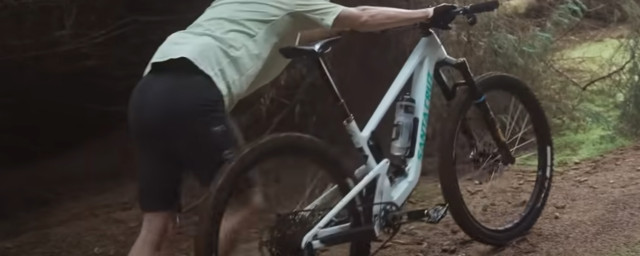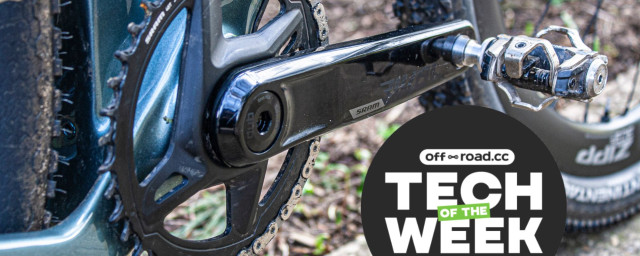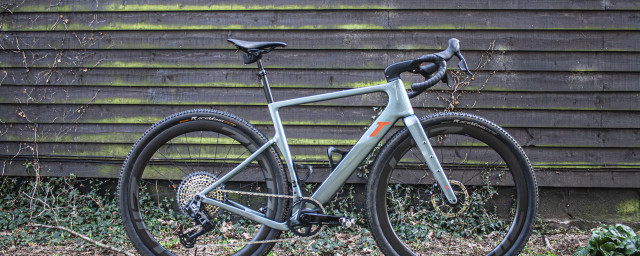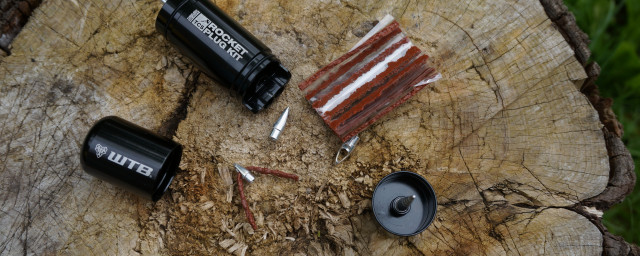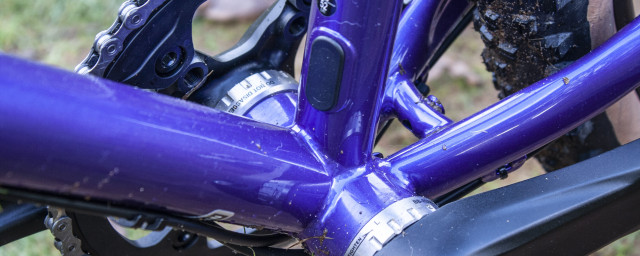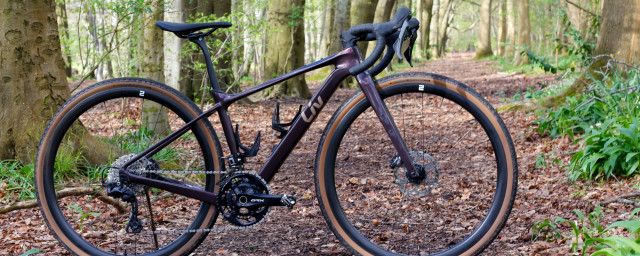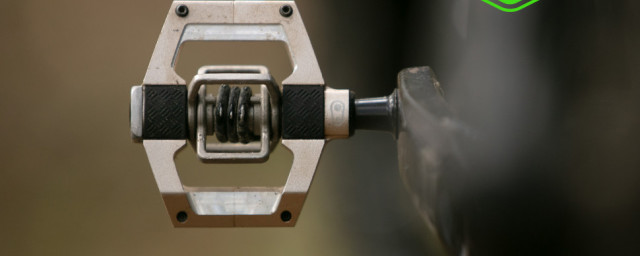MET has completely shaken up its Parachute helmet design by kitting it with a removable chin bar with help from Fidlock’s magnetic technology. Thanks to great comfort, top breathability and a great build quality, the Parachute MCR could pass for one of the best full-face MTB helmets, however, it’s pricy and its chin bar is seriously difficult to attach while using the helmet.
- Best mountain bike helmets 2023 - top-rated head protection for the trail
- Fox Proframe RS full face helmet review
- Best full face MTB helmets 2023 - top-tier head protection for testing your limits
MET Parachute MCR helmet - Technical details
The Parachute MCR takes a big stride away from its predecessor by offering a removable chin bar. This is a great addition as the helmet now takes two forms, firstly as an open-face helmet, then as a full-face helmet for when things get properly spicy.
To get the job done, it’s packed with tech, utilising magnetic wizardry from Fidlock both for the closure and the removable chin bar. There’s also a Mips cradle for rotation impact reduction and a Boa dial at the rear for the fit adjustment.
Offering enough space for a set of goggles is the adjustable visor and 20 vents should get air moving effectively through the lid. Included in the box are a couple of sets of cheek pads and a handy carry bag.
As mentioned before, the Parachute MCR uses Fidlock magnets for its chinbar attachment and they’ve been used rather cleverly. Similar to the Giro Switchblade, two metal tabs slip into slots at either side of the helmet, and then the magnets click into place when located close enough to the holes behind the ears. Then to remove, you twist the release tabs which forces the magnets to separate and pull the chin bar forwards.
The helmet weighs in at 860g when in one piece, and 496g in its open-face configuration.
MET Parachute MCR helmet - Performance
More often than not, convertible helmets are a compromise in one way or another and while that’s still the case with the MET Parachute MCR, it does an awful lot right. I’ve been testing this helmet for a couple of years during our Team ORCC projects, so I’ve had plenty of experience in the helmet during casual rides, right through to serious race efforts.
In its open-face mode, it’s heavy compared to standalone open-face helmets but it’s a lid that remains rather comfortable regardless of that weight. Then, thanks to that cool Boa adjustment system, its comfort is elevated, offering fine adjustment that reduces wobbling during more interesting descents, though not completely eradicating it.
The Parachute is still a competent open facer though, ticking nearly all of the boxes in terms of breathability, and comfort, it’s just lacking a little stability due to its portly weight figure. It lacks adjustable strap dividers though. I can’t say that I’ve had a huge issue with this because of my head shape, but this could pose a comfort problem for some.
But, despite missing half of the helmet, it plays ball with goggles very well without its chin bar, which opens up the helmet’s potential for versatility even more.
With the chin bar in place, the helmet feels like it has found its purpose. It works at its very best with the chin bar on where its extra weight is better justified and the helmet’s more stable as a result. What’s clear, is the outstanding level of breathability that the helmet offers with the chin bar on. It engulfs air, forcing it to circulate the head and expel it through the rear, and with the chin guard installed, I’ve never felt claustrophobic thanks to that gaping hole at the front and its five vents.
It’s not a perfect lid, however. With any convertible helmet, just like clipless pedals, it’s worth sitting down and spending some time attaching and removing the chin bar while wearing the helmet. Although, no matter how hard I tried, I couldn’t attach the chin bar with the helmet on. I could get the metal tabs into their holes but I could never locate the magnets properly.
Removing the chin bar is much easier, but because the little handles that you twist to break the magnets apart are so small, it can be fiddly to do with gloves on.
The adjustability in the visor is a useful feature as it can be pushed well out of the way, offering plenty of space for goggle stowage, and it can be pulled down for more protection against the sun. It could do with more downward adjustment, however.
As one helmet to fit two purposes, the MET Parachute MCR does a very respectable job. Where it’s a little heavy as an open face, it makes up for it with excellent comfort and breathability. Not that its half-shell configuration is bad by any means but I get the impression that the designers penned the Parachute MCR as a full-face helmet first and then looked at ways to make it convertible. It’s stable, solid and confidence-inspiring. But all of the good bits of its half-shell remain, so it’s incredibly breathable, and the breeziest convertible I’ve yet to test.
MET Parachute MCR helmet - Verdict
Priced at £300, it finds itself at the upper end of the convertible helmet scale and the Bell Super Air R Spherical joins it at the same price. In comparison, these helmets are very different, with the Bell receiving Mips Spherical which is the most sophisticated version of the rotational impact system and that’s naming just one.
At £280 is the Leatt MTB Enduro 4.0 which is certified for downhill use. However, in testing, we found that it wasn’t massively breathable. Its chin bar was easier to install though.
But it must be noted that at this price, it is possible to get a great open face and a separate full face with both being lighter at least than the Parachute MCR. Lazer’s Coyote KinetiCore and the Bell Sanction 2 DLX both are excellent contenders.
However, if you’re looking for a convertible helmet, you’re looking for one helmet that can do both and the MET Parachute MCR definitely can. It’s comfortable and breathable with tonnes of adjustment regardless of the configuration it’s run in. It’s just a bit heavy as an open-face helmet and a pricy option compared to others.





